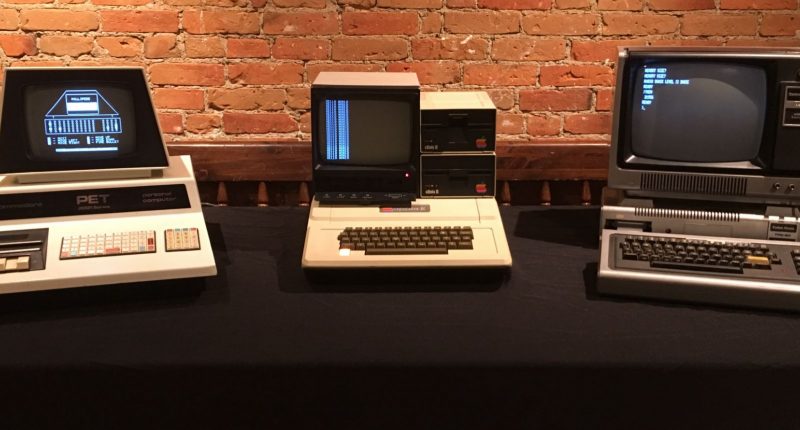Last year was quite out of the blue for the PC industry. While Q1 saw a sudden drop in shipments and demand thanks to COVID 19, the industry made a huge comeback as the world went online. While this was happening, a never seen before semiconductor shortage led to a massive breakdown in the entire supply chain, with companies like Nvidia and AMD, as well as the Japanese conglomerate behind the PlayStation-Sony, suffered to fulfill the soaring demand.
This imbalance, as well as the ongoing need for remote working/learning, has seen Q1 2021 register an unprecedented growth of 55% (year over year) for the PC market, with 84.7 million units shipped, according to a report by Canalys. While the 55% figure became easier to achieve due to a weak performance in Q1 2020, shipping 84.7 million is no small feat, as Canalys rightly points out.
In fact, this is the strongest performance from the industry in Q1 since 2012.
“Shipments of notebooks and mobile workstations increased 79% year on year to reach 67.8 million units. Desktops improved slightly at the start of 2021 after a string of poor quarters in 2020, with the level of shipment decline easing. Shipments of desktop and desktop workstations fell 5% year on year to 14.8 million units,” the report reads.
This is not surprising at all, as notebooks have been the main driving force behind the strong growth rate of the PC market over the last year, while desktops have been seeing their shipments decline. Moreover, with the semiconductor shortage that is plaguing the industry right now, causing prices of GPUs and CPUs to skyrocket, it’s still impressive how desktops are still persisting in the industry.
“The supply chain issue plaguing the industry is a good problem to have,” said Rushabh Doshi, Canalys Research Director. “As average prices rise due to the scarcity of internal hardware, innovation in design is triggering long-term changes to the way PC vendors approach supply and demand. Chipmakers, too, are now bullish about personal computing, and have increased their planned future investments to capitalize on the long-term opportunity. While the pandemic is not over just yet, there is light at the end of the tunnel. This is also spurring SMB investment in computing, which halted abruptly in 2020.”
A look at the leaderboard:
To no surprise, Lenovo still lead the market in Q1 2021, shipping out 20.4 million units, and securing a 25% market share, posting an year-on-year growth of 61%. HP came second, with total shipments of 19.2 million units, a 64% increase on Q1 2020. The company secured a 23.3% market share over the quarter.
Dell came in third, with a 15.7% market share, and while it lost market share against Q4, shipments grew 23% year on year to hit 12.9 million units.
Apple and Acer made up the rest of the top five, shipping 6.6 million and 5.7 million units to enjoy the highest and second-highest annual growth respectively.
” Cumulatively, the top five vendors accounted for 78.5% of all PC shipments in Q1 2021,” the report reads.
“Despite the concerted efforts of the supply chain to ramp up production, Canalys expects the PC market to be supply-constrained for most of this year,” said Ishan Dutt, Canalys Analyst. “Adding to this, the potential for more black swan events to create even more disruption and uncertainty looms large. The hindering effect of shortages on countries’ economic revivals should be a wake-up call for governments to increase investment in semiconductor manufacturing.”
The Tech Portal is published by Blue Box Media Private Limited. Our investors have no influence over our reporting. Read our full Ownership and Funding Disclosure →






